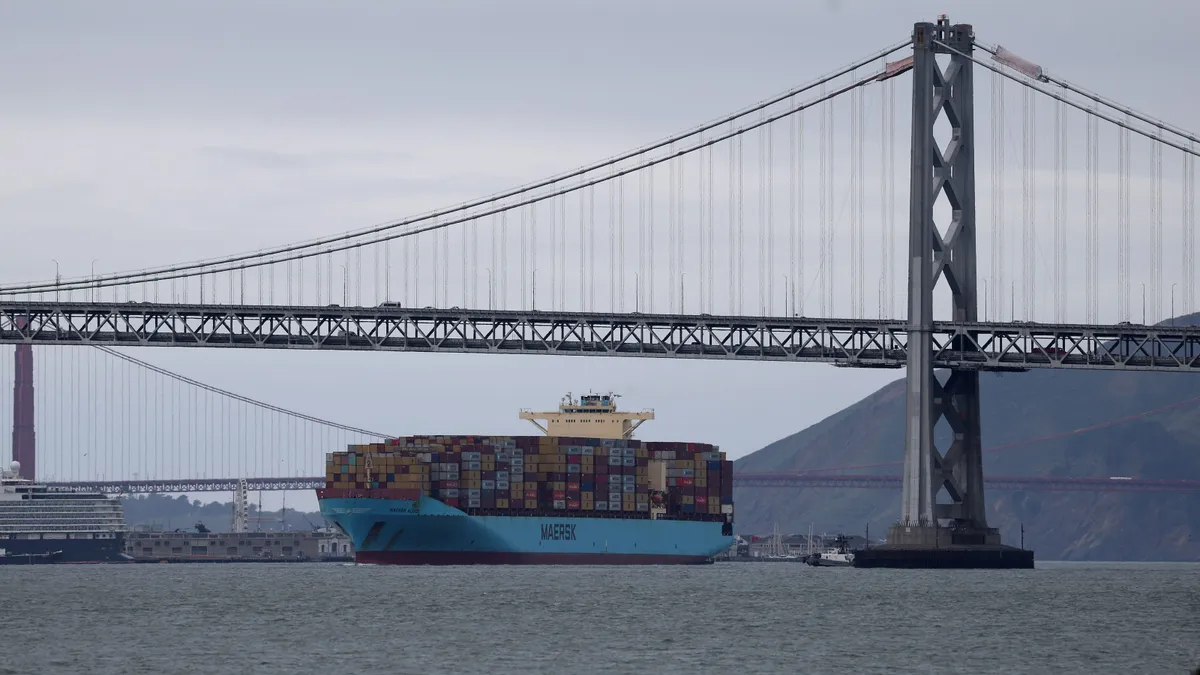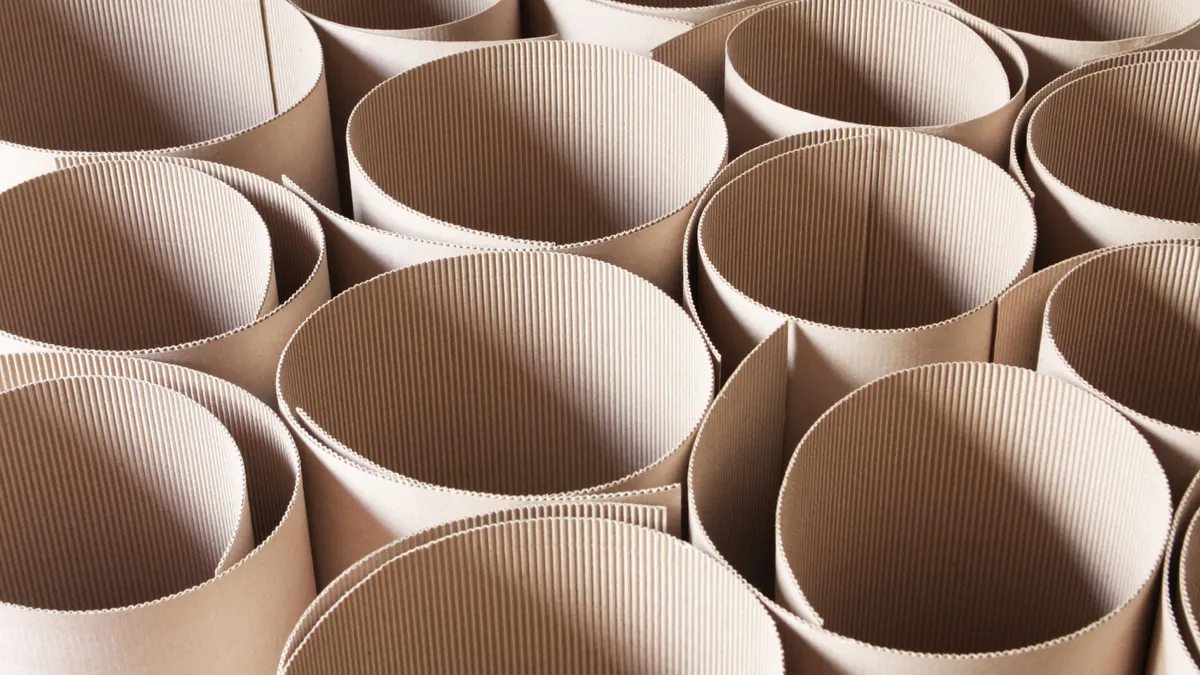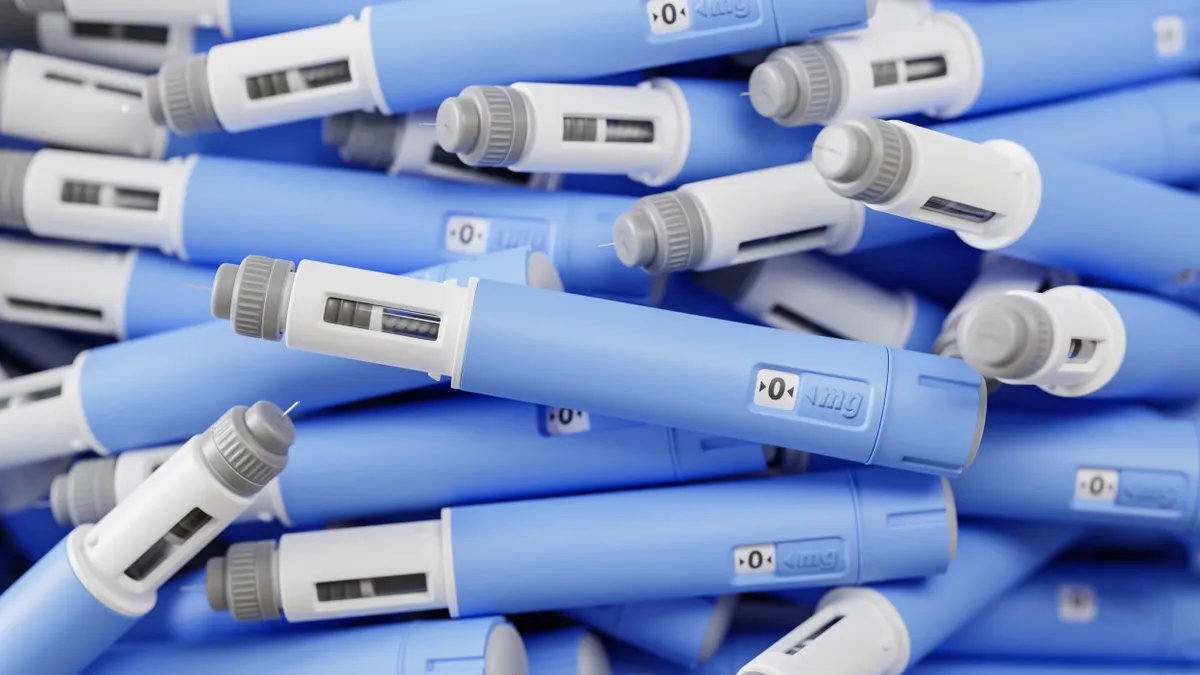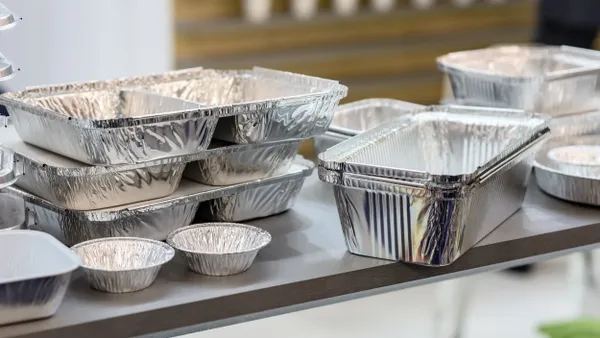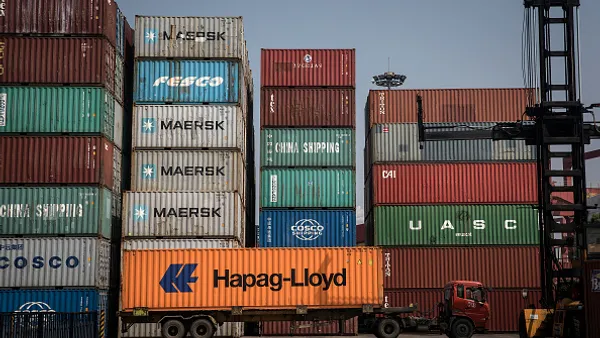It was a whirlwind of a week for tariff news, with companies assessing if, when and how a trade war could impact costs and end market demand.
Over the weekend, President Donald Trump declared new tariffs on imports from Canada, Mexico and China. Potential tariffs could roil supply chains for packaging materials and customers’ goods at a time when packaging manufacturers said customer inventories had largely been stabilizing after a period of widespread destocking.
Early this week, 25% tariffs on Canada and Mexico were each delayed by at least a month. But an additional 10% tariff on China took effect on Tuesday. China retaliated with its own upcoming tariffs on U.S. coal, liquefied natural gas, crude oil, agricultural machinery and some cars.
Wall Street analysts asked glass, aluminum and other packaging manufacturers about possible tariff impacts during earnings calls this week.
Customers have been trying to make sense of the fluid situation. “Every one of our customers has got a war room set up,” Graphic Packaging International CEO Michael Doss said on Tuesday.
Packaging manufacturers themselves were also trying to assess changes. “With regard to tariffs, there’s a lot of uncertainty and, like everybody else, we've spent a lot of time thinking it over the last number of weeks and modeling things out,” said O-I Glass CEO Gordon Hardie on Wednesday.
There is, however, upside potential for companies with extensive domestic production. “We’ve got 85 converting facilities across North America. That gives us a lot more options than most packaging companies and we'll obviously work really hard with our customers to mine our supply chain,” GPI’s Doss said.
In the case of O-I, “if we look at our volume that crosses [the Mexican border or Canadian border], it's about 2% of empty bottles ... But then we also have exposure to customers that either export from Canada or export from Mexico,” said Hardie. But if demand were to decline for imported beer, for instance, “that volume is going to be picked up by domestic beer,” which O-I is also poised to support.
“And we also expect, talking to customers, that should they have declines in one market, they are actively going to chase volume in other markets and look to deepen their penetration in markets in Latin America and in Europe, for example,” he said.
With respect to China, O-I CFO John Haudrich noted that there’s currently about 1.4 million tons of empty glass that enters the U.S. from export markets, the majority of which comes from China.
Others had more neutral comments on potential tariffs. Amcor executives noted during their earnings call that if tariffs impact their costs, those could be passed through to customers. The company has also previously worked to shorten supply chains to decrease customer risk.
“I think we're in a spot where, because we're regional, because we have some pass-through opportunities, we feel we are not immune, but somewhat robust against the tariffs,” said Amcor CEO Peter Konieczny on Tuesday.
Some of the main cons of tariffs for U.S. packaging companies could just be heightened prices that customers charge consumers for food and beverage products, for instance, which in turn could lower volumes consumed and lessen packaging demand.
In general, “The thing that keeps me up at night right now is the health of the end consumer in North America,” said Ball CEO Dan Fisher on Tuesday.
Regarding a planned 25% tariff against Mexico, the concern there could be “a pretty stressed end consumer,” impacts from which “would certainly dampen our current outlook,” he said.
Crown CEO Tim Donahue echoed that sentiment on Thursday. “From where we sit on tariffs, it feels like it's an indirect exposure that we have if the consumer feels the pinch from inflation further and dials back their purchasing habits,” he said.
Donahue also said that, even if aluminum imports aren’t a concern, given that almost all of the aluminum that Crown buys in the U.S. is domestically sourced, there are other materials that cross borders, such as coatings, “and we'll have to work through that.”



